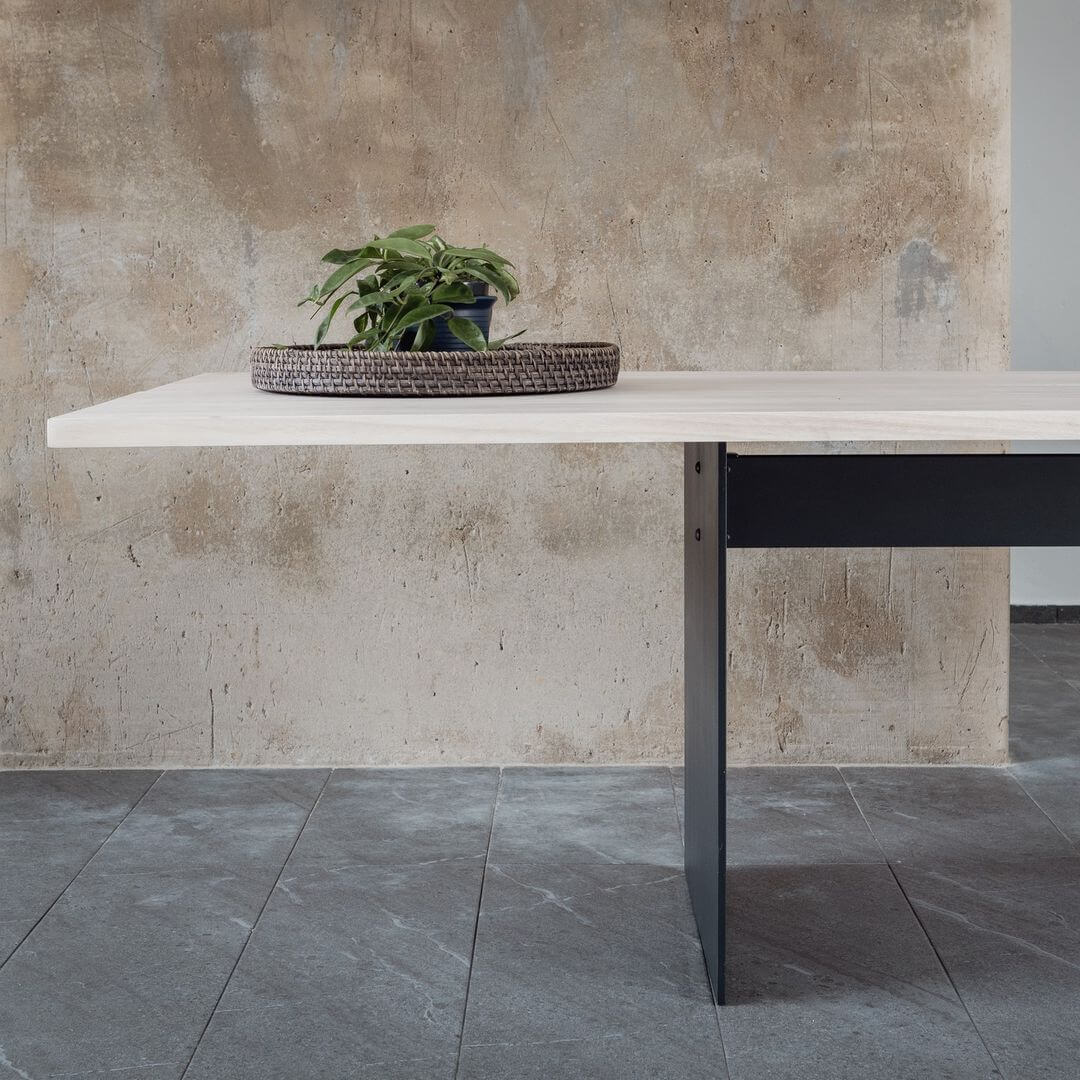Rubberwood for Furniture: Pros and Cons
Rubberwood is a form of hardwood obtained from the rubber tree, with some of its pros being its sustainability, durability, affordability, fire resistance, and craftsmanship. Its disadvantages include its warping and shrinking tendencies, toxicity, perishability, and non-waterproof nature.
In recent years, the usage of rubberwood has grown in popularity due to its sustainability and durability, although there are certain drawbacks that can make it difficult to use in certain situations.
Additionally, there is also the matter of how it compares with other kinds of wooden furniture. To learn more about the pros, cons and quality levels of rubberwood furniture, you should continue reading!
What Is Rubberwood Furniture?
Rubberwood furniture is made from a form of hardwood obtained from rubber trees, also called parawood or Asian hardwood. Scientifically, this tree is called Hevea brasiliensis and is the same tree used to produce latex. It is native to Brazil but also commonly grows in parts of Asia and Africa.
For up to 30 years or so of the lifespan of these rubber trees, their primary usage lies in latex production. It is only after this that the wood is harvested and sold in the form of rubberwood, which is then mainly used for making furniture.
The wood can impart stability and solidity to the furniture. It also has a light color, moderate density, texture, and coarseness that can make for versatile and unique appearances.
Rubberwood furniture is usually found in the form of high-quality table tops, cabinets, shelves, chairs, frames, carvings, and other (mainly indoor) pieces.
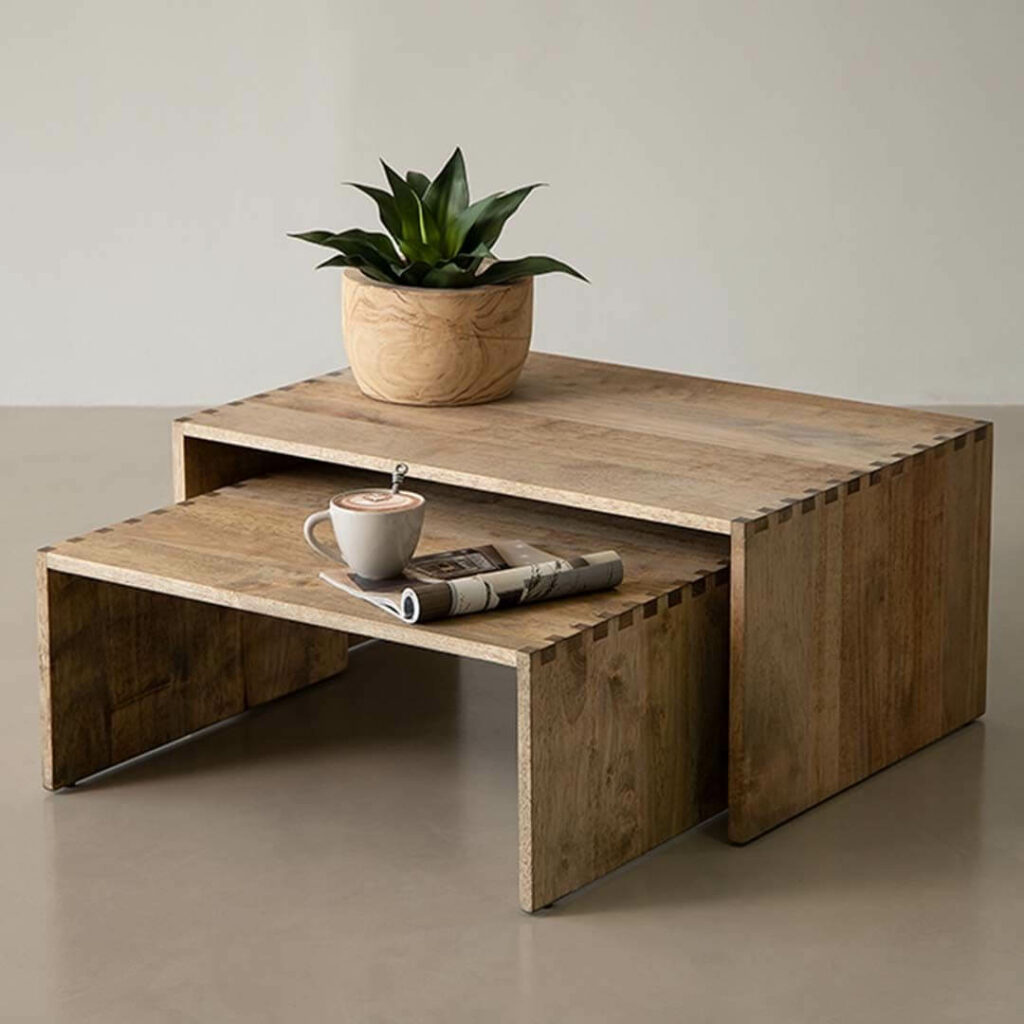
Rubberwood Furniture: Pros and Cons
Rubberwood furniture comes with its own set of pros and cons that can help guide your decision about whether or not you want to use it for your own set of furniture. Go through some of these below.
Rubberwood Pros
Here are some ways in which rubberwood furniture can prove to be beneficial.
Craftsmanship
Rubberwood has a lovely light color which can add a modern look to your space. You can also darken the wood using paint and stain. This wood tends to perform quite well while making furniture due to its stability and finishing ability.
Additionally, even if you are preparing the furniture piece on your own, you are likely to find it easy to handle and manage rubberwood. The coarseness of this wood can add an interesting texture to your furniture piece too.
Apart from furniture, rubberwood tends to be quite ideal for carvings and other versatile applications.
Fire Resistant
Rubberwood can resist fire easily and takes much longer to burn in comparison to several other kinds of wood. Thus, if you want to place some furniture next to a fireplace, rubberwood is the option you should go with.
In case the wood comes into contact with a large fire, it is still likely to prevent any kind of toxicity in terms of fumes and smoke due to its natural and organic structure.
In case a burning substance comes into contact with the wood, it is unlikely to scorch the surface readily.
Sustainability
Rubberwood is extremely sustainable and eco-friendly, which can make it a wise choice for your furniture. Since rubber trees are first used for latex production and only then for their wood, the dual function can help maximize the efficiency of the trees without any kind of degradation in terms of quality.
This also means that rubber tree planting tends to occur constantly. Harvesting the wood after the rubber or latex production can also prevent the trees from dying and rotting, which would otherwise let out excessive amounts of carbon into the environment.
Affordability
Rubberwood is typically more affordable as compared to other kinds of wood. This also ends up making the furniture made from this wood a lot more affordable than others, not to mention that you can also buy pieces of lumber at a low price if you want to work on a specific DIY woodworking project.
The abundance of rubber trees, along with its harvesting procedure, can help explain the affordability of this kind of wood. Its light color and ability to absorb stain and paint properly can also allow it to mimic other and more expensive forms of wood.
Durability
Rubberwood has a moderate density level. It is a hardwood with 9,500 psi (pounds per square inch) and 960 lbf (pounds-force) on the Janka hardness scale. This makes this wood extremely stable and able to bear various kinds of conditions, making it last for a long time if used correctly.
It can also resist scratches and dents quite well, which can enhance this feature. Moreover, rubberwood has an excellent ability to absorb shock, an essential feature that can keep it sturdy in several situations and contexts.
Rubberwood Cons
Keep the following drawbacks of rubberwood in mind so that you have a realistic idea of what to expect.
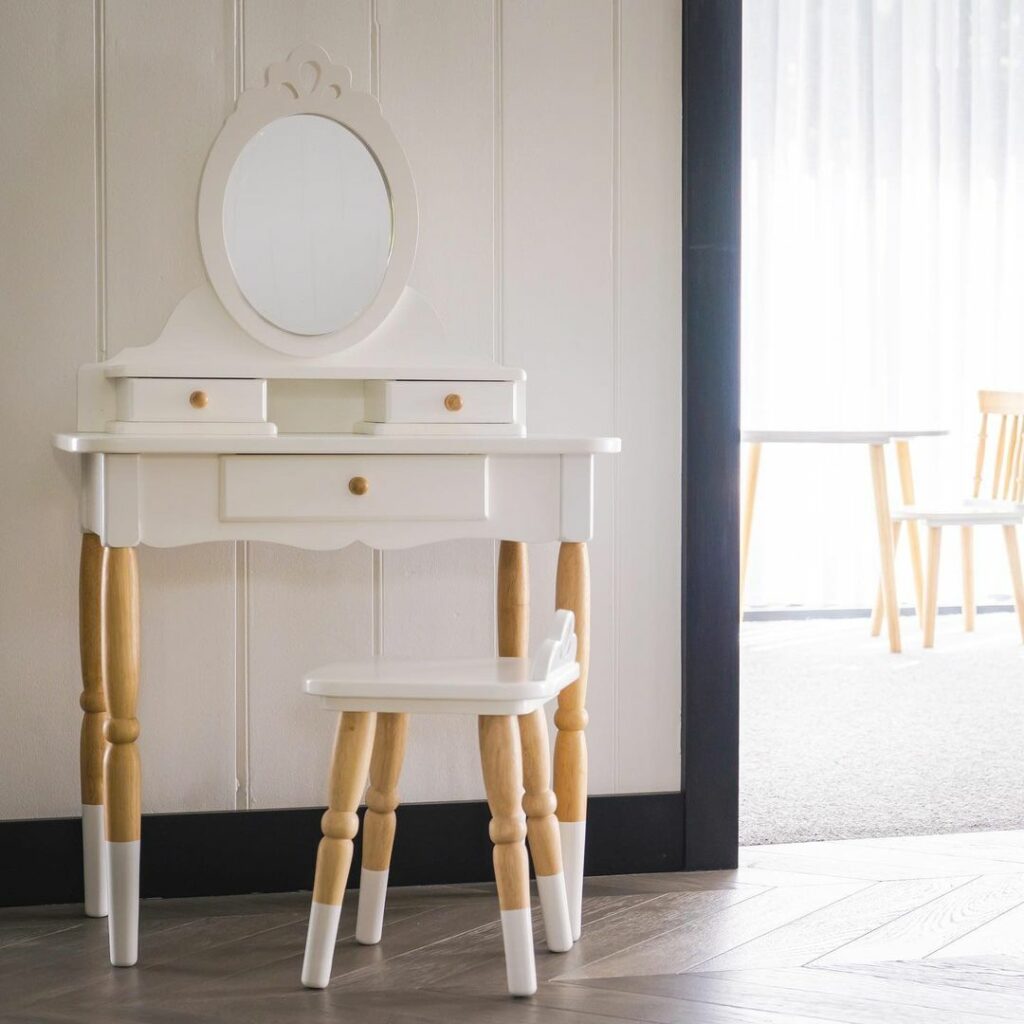
Non-waterproof
A major drawback when it comes to rubberwood is the fact that it cannot resist large quantities of water. It ends up absorbing most of it, which can degrade its quality over time and cause it to fray and tear over time.
For this reason, it is not possible to place rubberwood furniture due to the possibility of rain and humidity. Keeping it indoors without too much contact with water can, however, keep it safe and sturdy.
Make sure you take care of other extreme conditions like heat and cold too.
Decayable
Rubberwood is perishable by nature and can decay fairly quickly. White rot caused due to fungal contact and growth can cause considerable damage to the wood, even though it might take time for you actually to notice the rot and decay.
Furthermore, insects and other fungi get attracted to rubberwood to quite an extent, resulting in stains and rots the more the contact takes place. You should look out for dents, chewed-out parts, and discoloration to spot this kind of decay.
In some cases, you can buy chemicals to deal with this issue or simply buy furniture that is also treated with chemicals, although this can reduce the wood’s organic nature and safety levels.
Warping
After harvesting and processing rubberwood, there is a process that will require you to spend quite a bit of time drying the lumber.
However, the significant moisture levels present can cause the rubberwood to warp and distort its shape, color, and appearance a bit, making the final appearance a bit different from what you might have been aiming for.
This can make it more vulnerable to damage, but seasoning the wood at the right time can prevent this.
Shrinking
Rubberwood is prone to shrinking during the drying process in the kiln. This also has to do with the moisture content and the porous nature of the wood. This can create a dense and stable form of the wood, although it can also mean that you will need to account for the costs and measurements involved due to this kind of shrinking.
Even after it becomes furniture, it might shrink a bit due to some changes in the atmosphere due to the humidity and heat.
Toxicity
Although rubberwood in itself is natural, it can prove to be toxic if you happen to have a latex allergy. This can lead to minor irritation in the form of a runny nose, itchy eyes, sneezing, and watery eyes, but if the allergy is particularly intense, it can also result in shock and trouble breathing.
If you are aware of this allergy, you should avoid rubberwood completely. In case you discover it later on, visit the doctor once the symptoms appear and try replacing the rubberwood pieces in your home.
Is Rubberwood Furniture Good Quality?
You know about the pros and cons of rubberwood furniture, but is it of good quality?
Technically, rubberwood furniture can hold up well and last you for quite a long time, but an effective way to figure this out is by comparing it with some other kinds of wood used in furniture. Take a look.
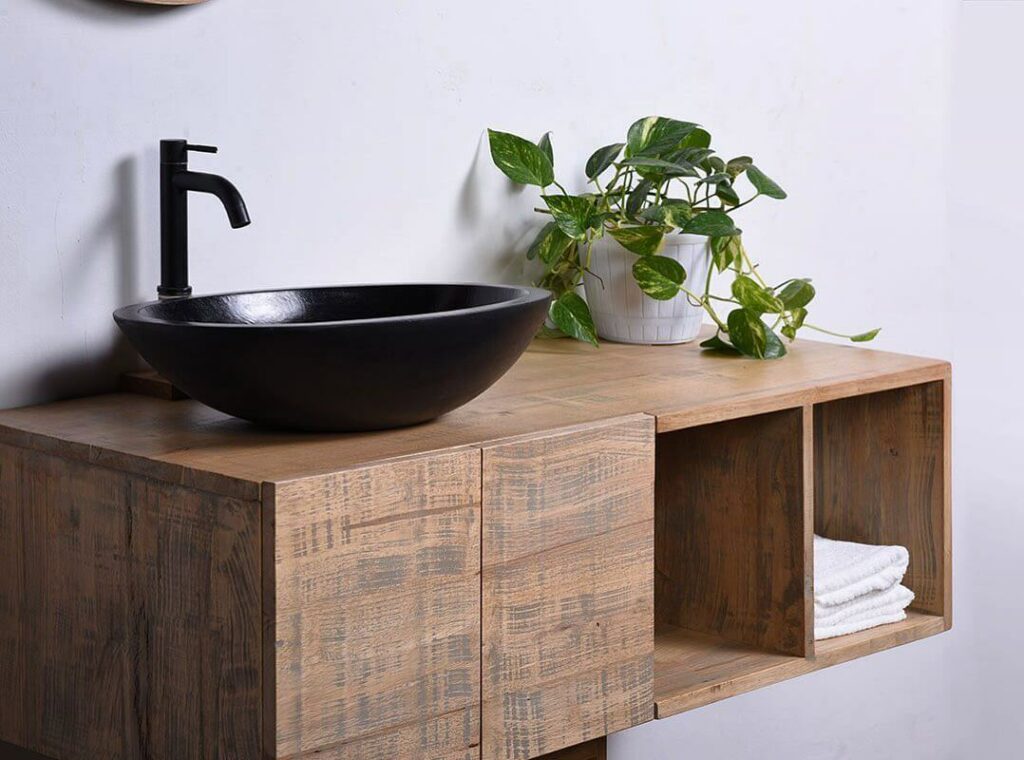
Solid Wood Furniture vs Rubberwood
Solid wood is usually that which is naturally obtained from trees, much like rubberwood. In that sense, there are not too many differences between the two, although solid wood can provide both hardwood and softwood.
A key difference between the two is that solid wood furniture is the density. While rubberwood is of moderate density and hardness, solid wood furniture can vary in its density depending on the kind of tree it comes from.
Additionally, solid wood furniture is less sustainable as compared to rubberwood, although it tends to be more durable. Both are more suitable for making indoor furniture.
Rubberwood vs Maple Furniture
Rubberwood and maple furniture are both made from hardwood and tend to have light colors. However, there are numerous differences between the two beyond these similarities, such as the following.
- Rubberwood is more affordable as compared to maple wood, making it more commonly used in furniture.
- Maple furniture usually lasts longer than rubberwood furniture since it is less vulnerable to decay.
- Maple furniture has consistent but fewer grains, while rubberwood has several grains.
- You can stain rubberwood more easily than maple wood, and it has a rich texture when stained.
It can depend on your requirements and needs when it comes to choosing between the two, although maple furniture can work better if you want to use it for outdoor furniture.
Engineered Furniture vs Rubberwood
You know by now that rubberwood is obtained from rubber trees after they are done producing latex. Engineered furniture, on the other hand, is made from wood that is only made from wood byproducts like sawdust, fibers, and more. Combining them with binders like resin is what gives them a wood-like appearance.
This kind of engineering makes it possible for the furniture to be more consistent and uniform without having natural stains. It is also quite durable, not to mention that it can add plenty of versatility to the furniture.
However, if you want to retain the natural look of wood, rubberwood can be a better option. It also tends to hold up well against damage and does not need frequent replacements, unlike engineered furniture.
Rubberwood Furniture vs Bamboo
Rubberwood is a kind of hardwood and is naturally more durable as compared to bamboo. However, if used correctly, bamboo can offer several advantages, such as its convenient cleaning, color, modern look, and refinishing.
Bamboo can serve smaller pieces of furniture better as compared to rubberwood since the latter is simply more stable than bamboo. It is also a lot more resistant to damage through fire, scratches, and time.
There are a couple of advantages that bamboo furniture can have over rubberwood, including the following.
- Bamboo furniture is a lot more affordable when compared to rubberwood and can be used in outdoor settings.
- Bamboo is naturally better suited to withstand water and moisture, making it better for humid climates.
Rubberwood Furniture vs Pine
Rubberwood and pine furniture pieces are quite different due to the differences in the properties of the wood. Here are some points of comparison you should be aware of.
- Rubberwood is a hardwood, while pine is a softwood, making the latter more prone to dents and scratches.
- Rubberwood is light in color, while pine can range from white and yellow to brown, making it darker than rubberwood.
- Rubberwood does not hold up well against changing and extreme weather and is hardly used for exterior furniture. Pine furniture can be used indoors and outdoors.
- Rubberwood can provide a more contemporary look, while pine offers a more antique and rustic appearance.
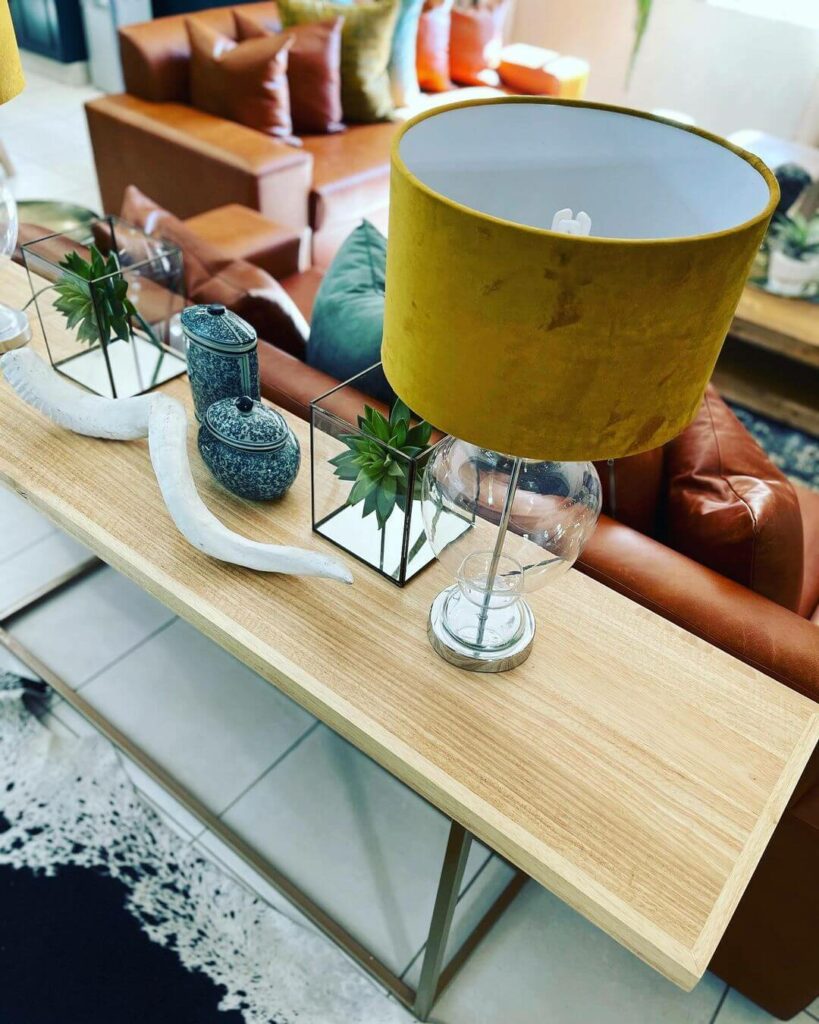
Rubberwood for Furniture: Conclusion
Rubberwood can work well for a DIY woodworking project if you want a durable, fire-resistant, affordable, sustainable, and light option, especially one that can be shaped and used in various ways.
However, the perishability, warping, shrinking, toxicity, and decay due to water might serve as deterrents, so make sure you only opt for rubberwood if you can avoid these drawbacks.
Rubberwood holds its ground quite well against other kinds of wood, although there are some situations in which the others might serve you better, so make sure you choose wisely!

